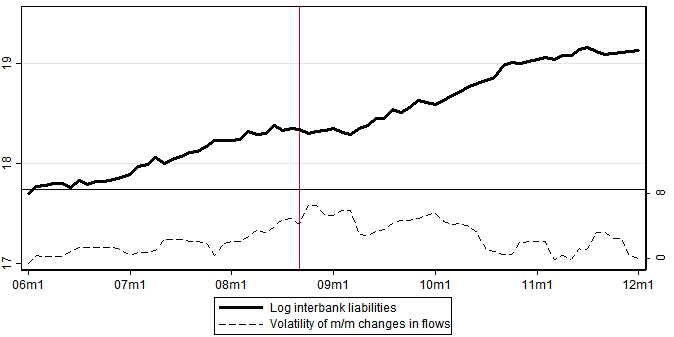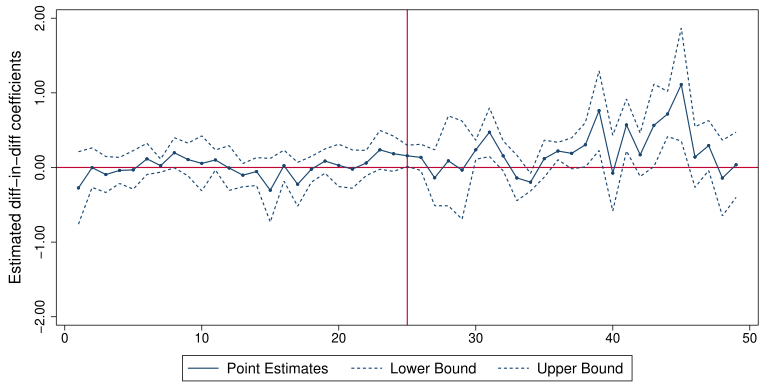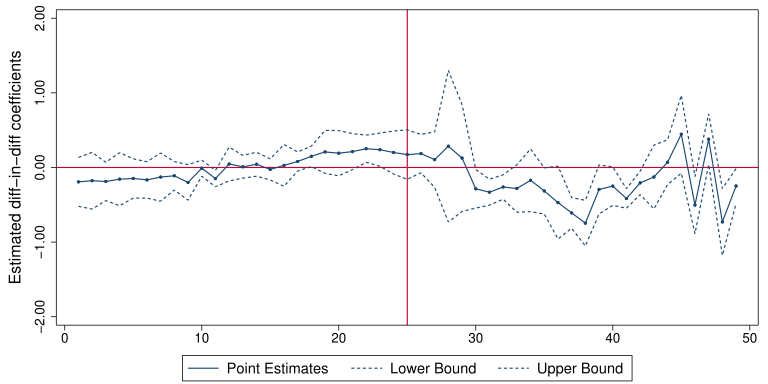References
Acharya, V. V., Merrouche, O., 2013. Precautionary hoarding of liquidity and interbank markets: Evidence from the subprime crisis. Review of Finance, European Finance Association 17 (1), 107–160.
Amiti, M., Weinstein, D. E., 2018. How much do idiosyncratic bank shocks affect investment? Evidence from matched bank-firm loan data. Journal of Political Economy 126 (2), 525–587.
Gabaix, X., 2011. The granular origins of aggregate fluctuations. Econometrica, Econometric Society 79 (3), 733–772.
Gilje, E. P., Loutskina, E., Strahan, P. E., 2016. Exporting liquidity: Branch banking and financial integration. The Journal of Finance 71 (3), 1159–1184.
Cornett, M. M., McNutt, J. J., Strahan, P. E., Hasan, T., 2011. Liquidity risk management and credit supply in the financial crisis. Journal of Financial Economics 101 (2), 297–312.
Cortés, K. R., Strahan, P. E., 2017. Tracing capital flows: How financially integrated banks respond to natural disasters. Journal of Financial Economics 125 (1), 182–199.







